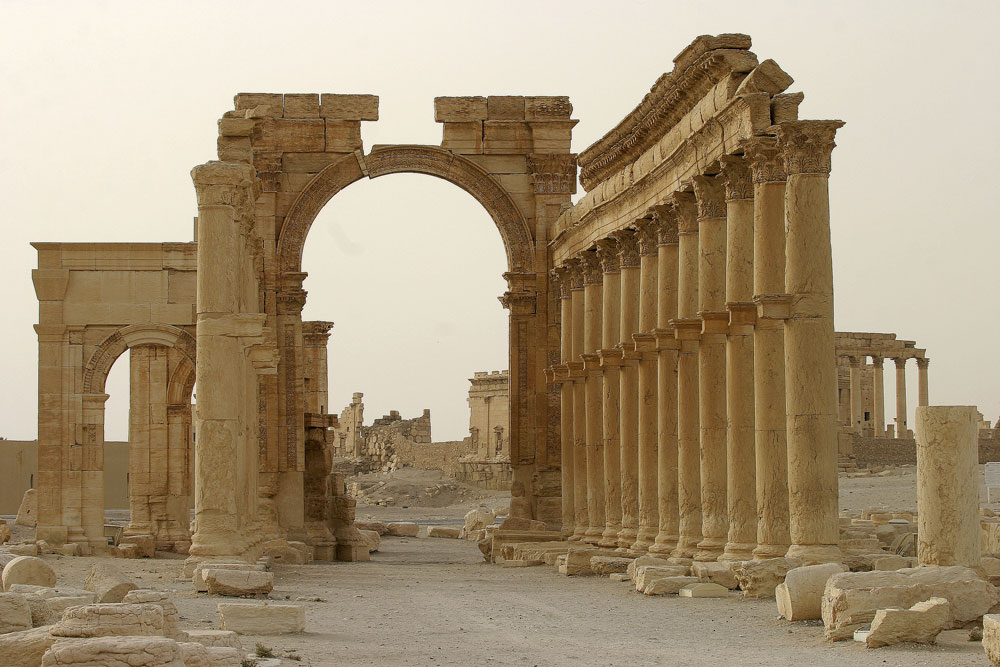Archeologist: ‘For Russia, Syria's cultural heritage is personal’
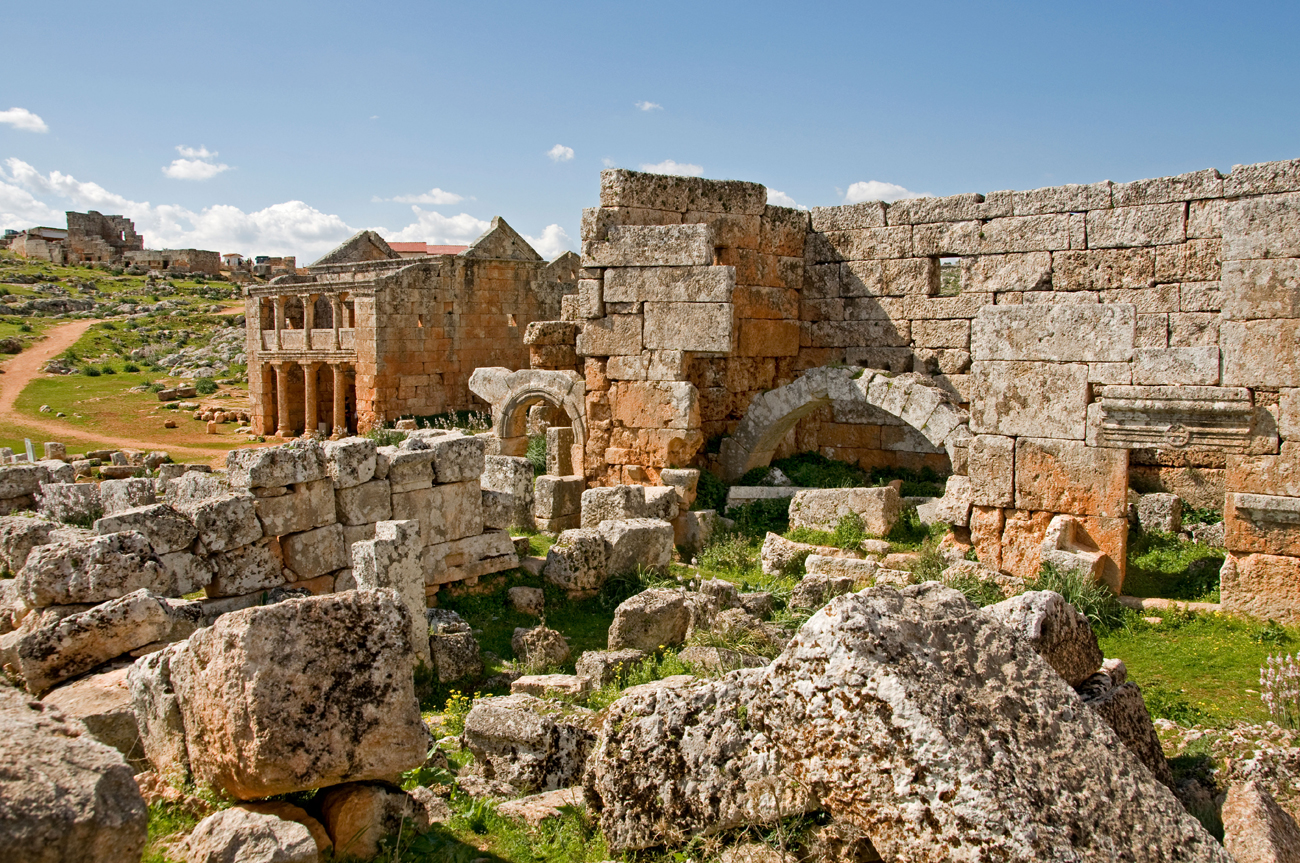
Serjilla Dead Cities Syria Byzantine Christian 5 th Century Jebel Riha between Hama Aleppo
Alamy/Legion MediaTimur Karmov, an archeologist affiliated with the Russian Cultural Ministry's Heritage Institute, was one of the first civilians to enter Palmyra in April 2016 as part of a group of Russian cultural scientists tasked with assessing the condition of the city’s monuments following months of control by the Islamic State.
Later this month, Karmov will lead a new research expedition to northern Syria to check on the status of a UNESCO site in Aleppo Province, which is still under threat from the civil war.
RBTH: What is the purpose of this expedition? Does it make sense to send archeologists to places where battles are still going on?
T.K.: Obviously we won't be digging in these places. The trip's main aim is one of reconnaissance, to monitor the UNESCO world cultural heritage objects. We need to understand the condition of these monuments in situ, how much the war has affected them, and have Russian experts make a consolidated report and send it to UNESCO. The report would then be used in the committee's next session to understand the recommendations made for preserving the monuments.
Basically, this is how we worked in Palmyra, but the city became accessible earlier. The objects that we want to study now have been isolated practically since the beginning of the war. They are located either in combat areas or very close to them.
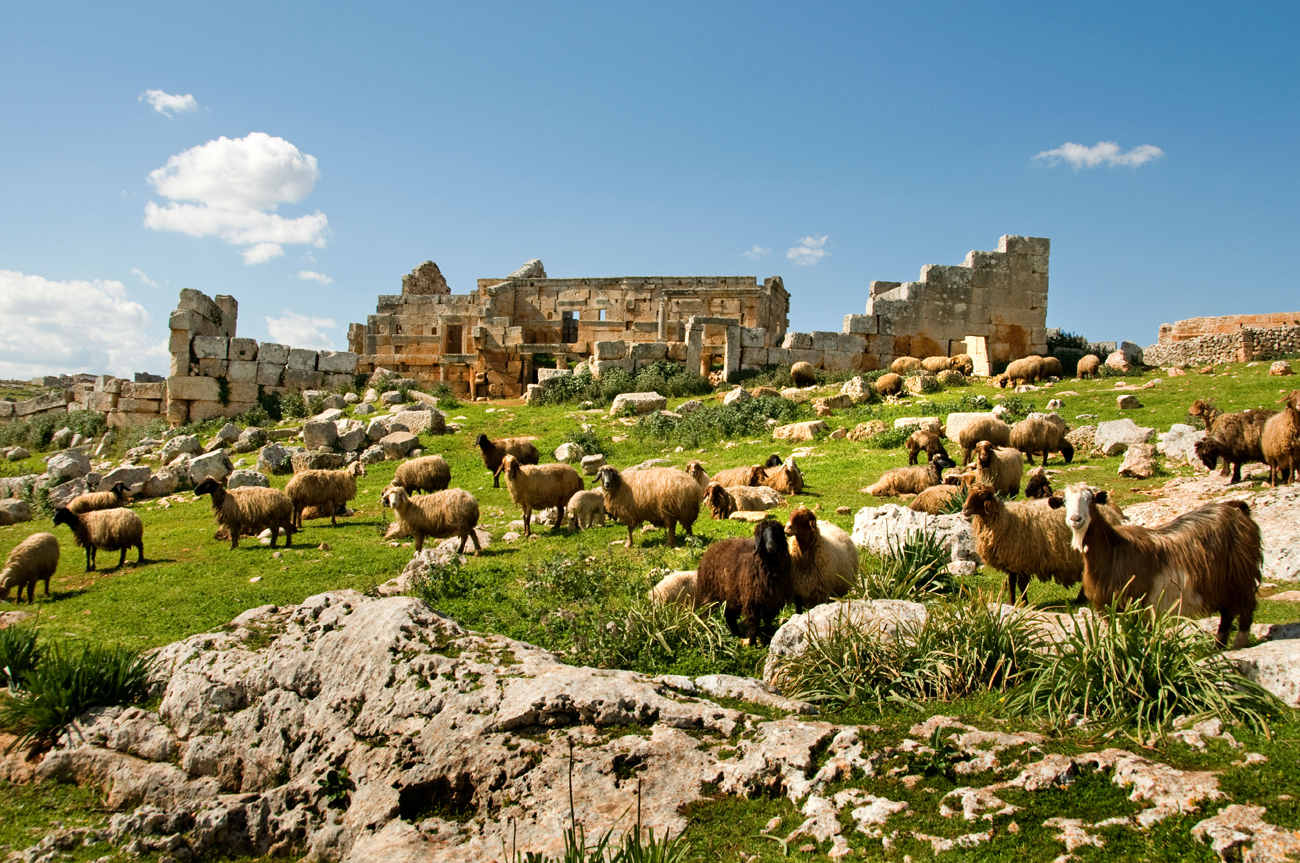 "The objects that we want to study now have been isolated practically since the beginning of the war. They are located either in combat areas or very close to them." Source: Alamy/Legion Media
"The objects that we want to study now have been isolated practically since the beginning of the war. They are located either in combat areas or very close to them." Source: Alamy/Legion Media
RBTH: What kind of monuments are found in northern Syria?
T.K.: Their official name on the UNESCO World Heritage List is the Ancient Villages of Northern Syria (The Dead Cities). These are hundreds of buildings dispersed at a great distance from each other. They are concentrated in eight large archeological parks. Four of the eight parks are located in the militants' territory, therefore, we will work in the other four.
There was fighting between the Syrian Kurds and the Al Nusra Front terrorists in one park and it's possible that many things were destroyed there. And this is a key object — it contains the Monastery of St. Simeon Stylites, which is very important for Orthodoxy and Christian heritage in general.
Basically, we are going to the region where Christians were called Christians for the first time, where the first churches and monasteries were built. This is where the Orthodox tradition became strong, in Syria. That is why, I think, for Russia, where 75 percent of the people call themselves Orthodox, these objects are not just part of the world cultural heritage — they are, in a way, rather personal.
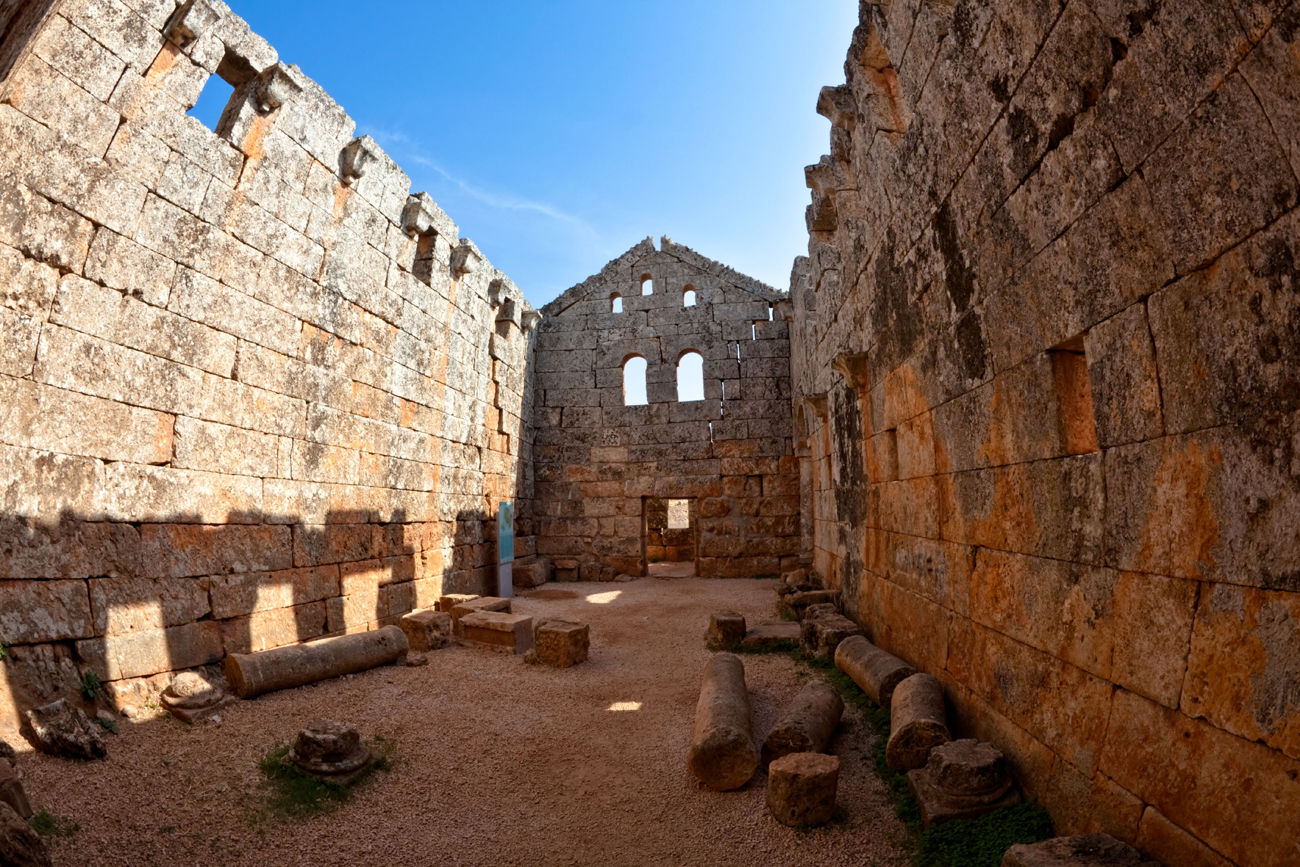 "The trip's main aim is one of reconnaissance, to monitor the UNESCO world cultural heritage objects. We need to understand the condition of these monuments in situ, how much the war has affected them, and have Russian experts make a consolidated report and send it to UNESCO." Source: Alamy/Legion Media
"The trip's main aim is one of reconnaissance, to monitor the UNESCO world cultural heritage objects. We need to understand the condition of these monuments in situ, how much the war has affected them, and have Russian experts make a consolidated report and send it to UNESCO." Source: Alamy/Legion Media
RBTH: These objects are mainly from the early medieval period?
T.K.: Not only. There are also monuments from antiquity in this area, and there are objects that are even older, from the Syro-Hittite period. For example, there is a wonderful temple complex from the Hittite era called Ain Dara. Discovered by French archeologists, it is a great example of ancient architecture from about the 10th century BC.
RBTH: Will foreign archeologists go with you to Syria, or is this a strictly Russian expedition?
T.K: This is a purely Russian expedition. It is being carried out under the aegis of the Heritage Institute. Our institute decided to supervise the monitoring of the cultural heritage objects, since there are no international experts in Syria at the moment. No one is risking his life going there. Moreover, Russians are allowed there because of the special relations between Damascus and Moscow. Our safety is guaranteed by the Russian Defense Ministry.
One of the most important objectives is to see if the rumors about the destruction of a part of the monuments in northern Syria are true. The information is contradictory: opposition sources are accusing the Syrian Air Force of raiding the world cultural heritage objects. There were photos of the destroyed objects, but how much of this can be trusted? It's possible that this is just propaganda. We need to verify this on the ground.
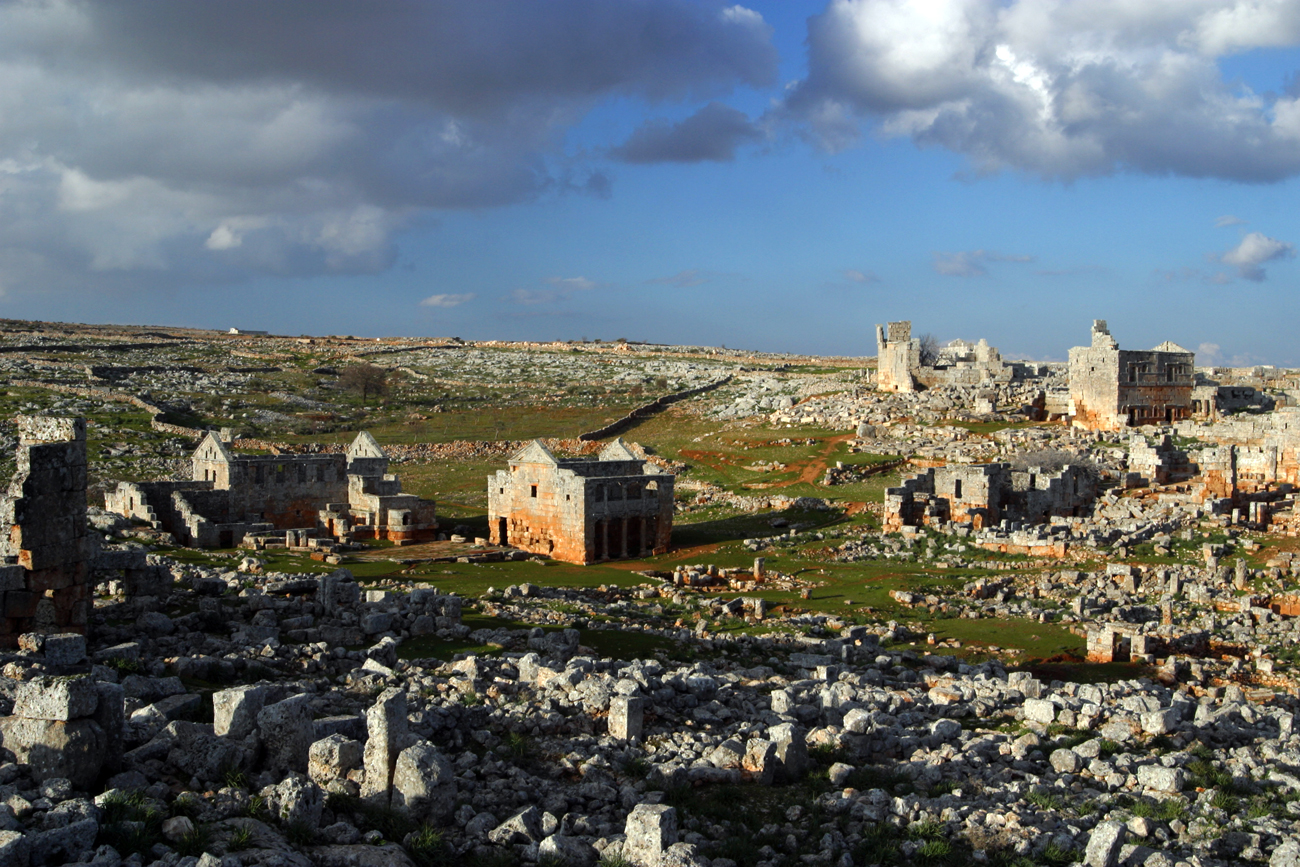 "Their official name on the UNESCO World Heritage List is the Ancient Villages of Northern Syria (The Dead Cities). These are hundreds of buildings dispersed at a great distance from each other." Source: Alamy/Legion Media
"Their official name on the UNESCO World Heritage List is the Ancient Villages of Northern Syria (The Dead Cities). These are hundreds of buildings dispersed at a great distance from each other." Source: Alamy/Legion Media
RBTH: In general, how would you evaluate the condition of cultural heritage objects in Syria today? Is there any progress?
T.K.: I would not view the condition of cultural heritage objects in terms of progress or regress since there is a civil war going on in the country. The Syrian government is trying to work with maximum effectiveness. When they have the opportunity, they remove collections from the cities, they evacuate objects. But unfortunately certain objects are immobile and they are left there.
You certainly remember the tragedies that occurred, particularly in Palmyra when it was controlled by IS [ed. the Islamic State]. There was the vividly tragic story of Syrian archeologist Dr. Khaled al-Asaad, who remained in the city trying to prevent the destruction only to be beheaded by the militants. Then they demolished the monuments in a very demonstrative manner. Now IS has other concerns. At least from this viewpoint, the situation has stabilized. But it is too early to speak of large-scale restoration work and expeditions. First the fighting must stop. For now, all we can do is monitor.
RBTH: Are there still UNESCO Cultural Heritage objects on territories where the fighting is taking place?
T.K.: Of course. We've already talked about northern Syria. Then there is the old city of Aleppo, where fierce fighting is going on at the moment. There is also ancient Bosra in southern Syria. The war is being fought there, too.
On the other hand, the government has regained control over other objects: the Krak des Chevaliers Castle and Citadel of Salah Ed-Din. They underwent minimal damage, even less than in Palmyra. The damage is just a few percent of the objects.
RBTH: The situation in Syria is complex: The government and the opposition are again fighting; Russia and the West are issuing harsh statements against each other. Is this conflict felt in the international scientific and cultural communities?
T.K.: Any international structure experiences the influence of the given political situation, but UNESCO, in my opinion, is least affected by it. There are differences, but less than in other fields. There is no aggression. There is certain competition in the scientific sphere, but it is not damaging. On the contrary, it helps [us] preserve and study cultural heritage objects.
Even in the period of confrontation with the West, the sanctions and so on, it did not affect our applied scientific collaboration much. We still communicate with one another, try to attend each other's conferences. And everyone is interested in cooperation on Syria. The European — especially French — scientists are interested. I personally think that the unity of approaches to preserving cultural heritage can become a bridge, can help to find points of contact in the negotiation process.
Read more: 3D museum with online exhibitions appears in Siberia>>>
Subscribe to get the hand picked best stories every week
All rights reserved by Rossiyskaya Gazeta.
Subscribe
to our newsletter!
Get the week's best stories straight to your inbox
